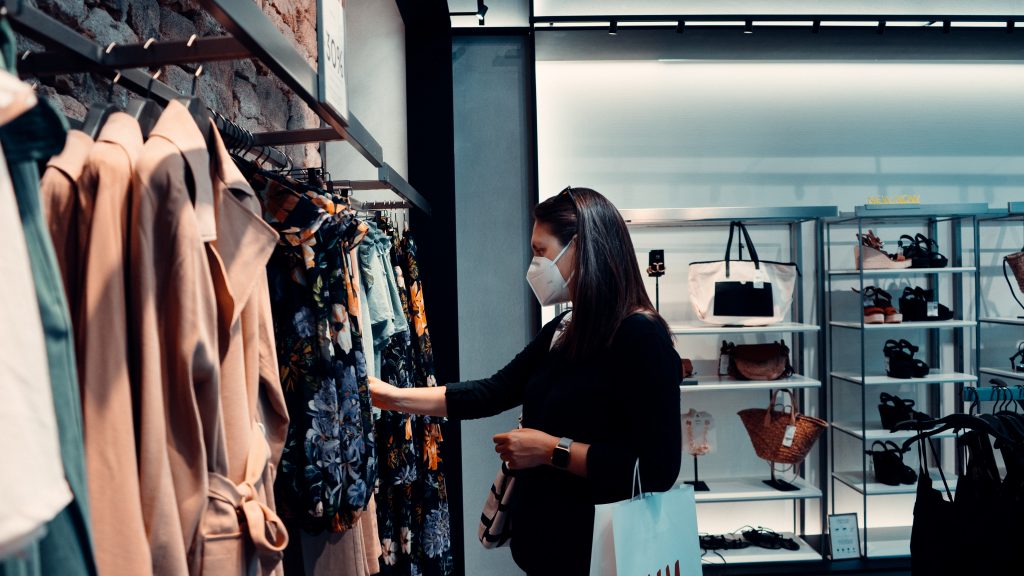In addition to using personal protective equipment (PPE) and cloth face coverings, we’ve learned that one of the most important things we can do to prevent the spread of COVID-19 is to practice social distancing. By keeping 6 feet apart at all times, especially when indoors, we limit the potential spread of the virus, which may be transmitted by presymptomatic or asymptomatic carriers.
Accordingly, as an increasing number of businesses and community spaces are permitted to carefully reopen, facility managers have to keep a watchful eye over building occupancy. If there are too many people inside a confined space, social distancing becomes impractical and transmission rates can climb.
For hospitals, businesses, educational institutions and other indoor environments, determining the appropriate capacity of a building can prove difficult, as can monitoring occupancy and enforcing restrictions.
How Do I Determine the Ideal Occupancy Level When Reopening During COVID-19?
 There are many factors that go into assessing how many people can be inside a business at one time, and the same can be said for schools, health care facilities and other public venues.
There are many factors that go into assessing how many people can be inside a business at one time, and the same can be said for schools, health care facilities and other public venues.
The first place to look for guidance is to resources provided by local, state or federal governments. Some regional authorities have imposed broad mandates that all companies must follow.
At the start of the outbreak in March 2020, for instance, the city of Fort Worth, Texas, announced a sweeping regulation that nearly all businesses had to lower their occupancy by at least 50% of the normal amount, with the total number of people allowed inside not to exceed 125.
This number was inclusive of employees and customers, and it applied to a broad spectrum of public places, including shopping malls, churches, gyms and plazas. While it’s easy to assess and limit the number of staff members inside a building at once, keeping tabs on customers and visitors flowing in and out can prove more challenging.
In addition to outside regulations, the U.S. Fire Administration offers a conservative social distancing guideline that puts the occupant load factor at 113 square feet per person. The organization noted that, in order to meet this guideline, bars may need to shed 95% of their normal capacity.
Also, be careful to account for differing use patterns in your building. Retail establishments need to ensure that lobbies, checkout lines, self-service areas and other locations can all accommodate social distancing. In these environments, treat employee-only spaces and other restricted zones as a separate entity from common areas. There should never be more customers and staff members in those common areas than can be safely accommodated while still adhering to social distancing guidelines.
Another technique that can help facility managers determine appropriate occupancy rates involves analyzing data provided by video analytics services like Avigilon. This technology can provide reports on rates of social distancing infractions. By tweaking the occupancy of the building based on these incidents, you may be able to more effectively ensure you have the right number of people allowed in the building.
Which Locations Need Occupancy Enforcement Support the Most?
Occupancy standards will be most important to monitor for large environments where people flow freely through multiple entry and exit points at variable rates and various times. For example, without careful attention, supermarkets may become gradually overloaded. Patients and visitors passing in and out of health care facilities can also prove difficult to accurately count without assistance. The same holds true for large indoor shopping centers, casinos and other public spaces.
How Can I Use Video Analytics to Support Occupancy Enforcement at My Facility?
In addition to using social distancing technology to determine which occupancy levels result in fewer infractions, video analytics from Avigilon can provide users with accurate and timely occupancy counting technology, helping visitors self-correct at entry points to ensure buildings don’t exceed capacity.
A clear case can be made for implementing analytic cameras when compared to cost of staffing a position for occupancy counting. Buildings and places of business can face the expense of one or more full-time employees at every entry point, for the simple purpose of counting entrants.
With H5A, H4A or third-party cameras, the Avigilon system can use artificial intelligence to count movements of individuals across entry and exit thresholds, providing a constantly updated snapshot of how many people are inside a facility at any time.
This information can then be displayed in an easy-to-understand format on tablet computers placed at entry points to the facility. Customers, visitors, worshippers, patients and others can be directed to automatically form a line until the system registers that another individual has exited the establishment elsewhere.
Further, users can create occupancy counting reports to determine high-traffic times and devise new solutions.
Learn How Occupancy Counting Technology Can Help Your Facility Stay Safe
If you’re interested in learning more about how occupancy counting technology from Avigilon can support your strategy for safely and responsibly reopening, we’d be glad to help. Through Sas-co-watching, we offer prospective partners access to an innovative customer support tool. In real time, a Day Wireless Services representative will virtually facilitate your on-demand experience while using a prerecorded presentation. Contact us today to learn more.